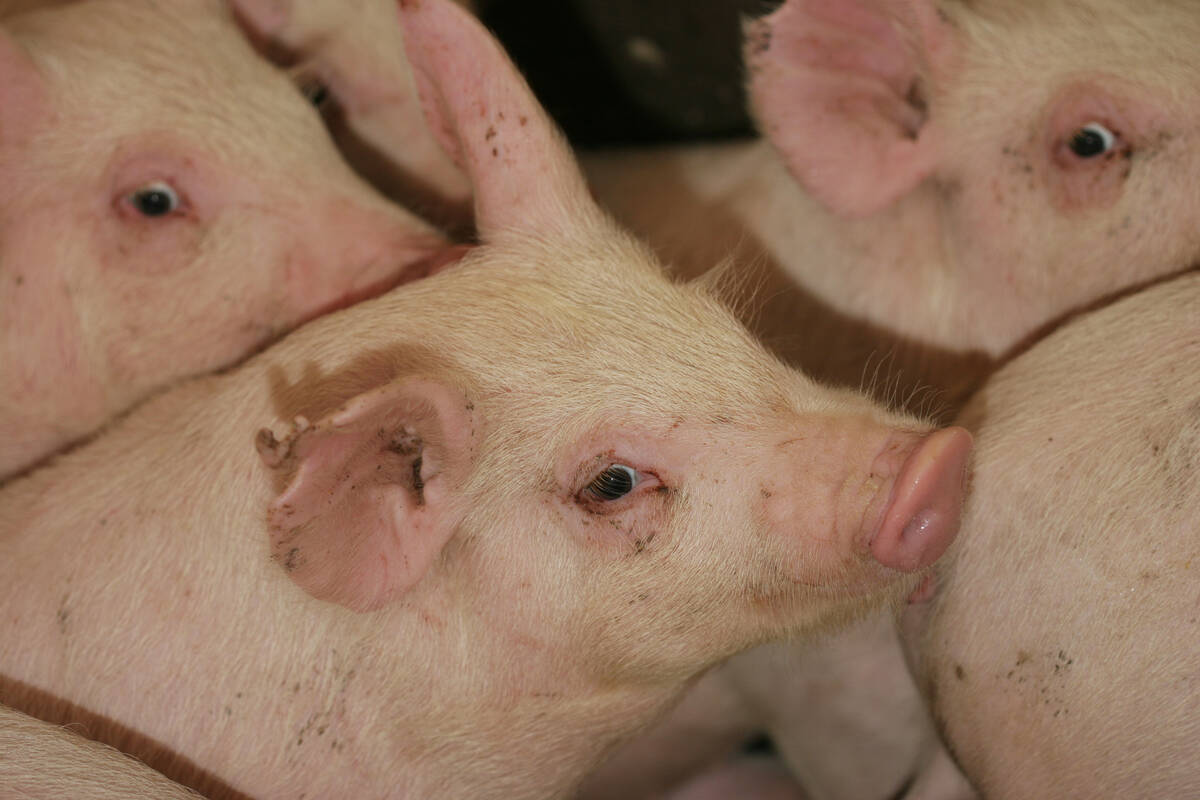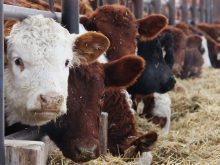DAUPHIN, Man. – Perfect hides make perfect leather but in Western Canada tanners have to travel further afield seeking perfection.
“Western Canadian hides have a bad rep when it comes to its branding practices,” said a Winnipeg tanner.
“There is only so much that can be done to make a bad hide salvageable,” said Roman Korbutiuk, of Dominion Tanneries. He reminded producers at the Canadian Cattlemen’s Association convention in Dauphin Aug. 7-10 that many of the quality issues that devalue beef also affect hides.
Hides automatically lose value if they are damaged by brands, insect bites which leave little holes, scratches or staining from manure and urine.
Read Also

The Western Producer Livestock Report – September 25, 2025
The U.S. national live price average for barrows and gilts was $81.21 Sept. 17. It was $78.37 Sept. 9. U.S. hogs averaged $106.71 on a carcass basis Sept. 17, up from $106.10 Sept. 9.
While tanners like Korbutiuk understand the purpose of hot iron branding for cattle identification, they see too much leather downgraded because of large rib brands or multiple brands on one animal. Of the hides his company receives, 57 percent have one or more brands spread over two or three feet on one side.
Canada’s 1996 beef quality audit said there is a $26 million loss to the cattle industry because of brands.
Other losses are caused by barbed wire when an animal scratches against it for relief from parasites or gets scratched accidentally. As well, horns can gouge other animals and rip the hide.
Blemishes, stains and holes
Skin conditions like mange and ringworm also leave permanent blemishes. Manure and urine can leave a dark stain on a hide. Sometimes manure forms into tight, hard balls on the hide and when they are removed, holes are made.
“Don’t think for a moment that the manure you see sticking to an animal doesn’t cause damage,” he said.
Some of these problems can be treated by sanding the leather to remove superficial flaws. This is called corrected grain leather and with buffing and dark dyes some problems are hidden.
However this leather is not as valuable as aniline leather which is clean and in high demand, said Korbutiuk.















